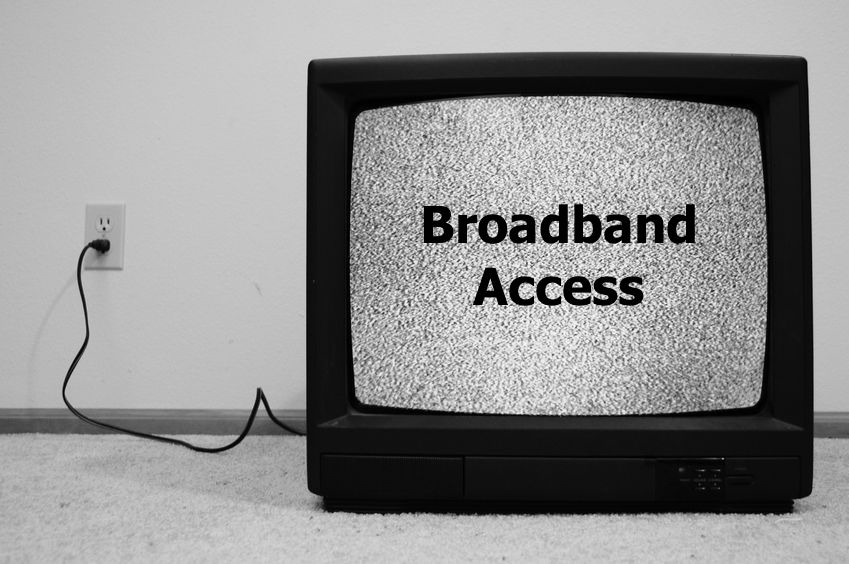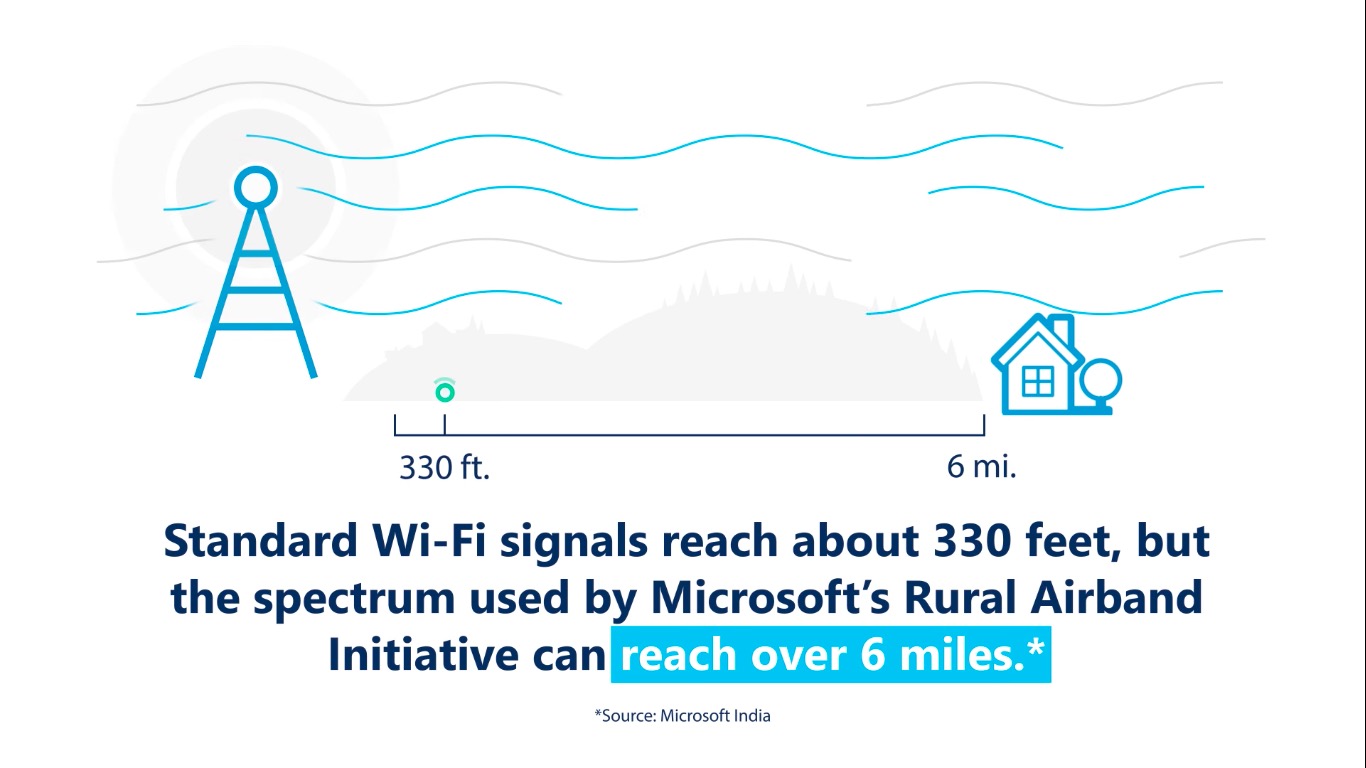Microsoft seeks to use TV channels for rural internet access

Image: INQUIRER.net stock photo
Microsoft recently announced on their company blog a plan to use TV signals to try and bring broadband internet connectivity to rural areas.
To be specific, the innovative strategy aims to utilize the unused TV White Spaces spectrum in the UHF (Ultra High Frequency) TV bands for sending wireless signals like a Wi-Fi router. These signals will be in the 600 MegaHertZ (MHz) frequency range and are powerful enough to reach six miles while going through buildings and over terrain.

TV white space broadband will essentially be like setting up a giant Wi-Fi router. Image: YouTube/Microsoft.
Dubbed by Microsoft as the “Rural Airband Initiative”, the project targets to eliminate the rural broadband gap or the places where broadband internet service is unavilable in the United States, within the next five years or by July 4, 2022.
From a business standpoint, Microsoft pointed out that they don’t intend to compete with telecommunication companies. Instead, they are looking at licensing out their technology so that other business entities can enter the market and provide broadband service to rural communities.
The tech-giant also believes that a mixed technology approach is the best way to get broadband connectivity to every home in the country, in a cost-effective manner. They also suggested that fixed wireless and fiber connections should be for high population density areas, TV white spaces for rural communities and satellite for sparsely populated locales.
As a starting point, 12 TV white spaces pilot projects are planned to be put up for 12 different states within the next 12 months. For this to be effective, Microsoft is suggesting that the Federal Communications Commission (FCC) permanently allocate three channels below the 700 MHz spectrum for TV white space broadband use in every market, with extra channel allocations for rural areas.
Moving beyond the U.S., TV white spaces broadband could find a home in developing countries like in the Philippines where broadband internet access is still limited. Given today’s need for a stable internet connectivity, having more technological options to rural areas certainly wouldn’t hurt. KI